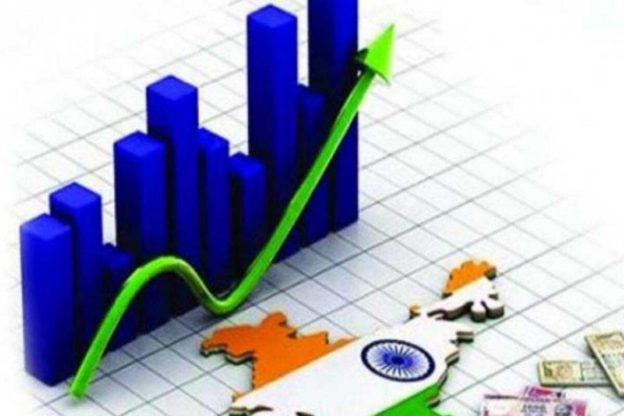- Public spending from the federal and state governments likely hold the key to jumpstart India’s post-Covid growth instead of consumption, JPMorgan’s Chief India Economist Sajjid Chinoy said.
- Consumption took a hit as India suffered billions of dollars in lost income due the pandemic as last year’s national lockdown during the first wave cost millions of jobs.
- “The hope has to be from a policy perspective that strong exports and public investment provide a bridge to let household and small business balance sheets heal so that over time, consumption can gradually recover,” Chinoy said.
Public spending from the federal and state governments likely hold the key to jumpstarting India’s post-Covid growth instead of consumption, a JPMorgan economist said Tuesday.
South Asia’s largest economy was knocked off its growth trajectory last year due to a months-long national lockdown aimed at slowing the spread of the coronavirus outbreak. The fragile economy was hit further this year when a second, more devastating wave claimed tens of thousands of lives and forced states to implement localized shutdowns.
“We have been through two waves. There has been some scarring at the bottom of the pyramid,” Sajjid Chinoy, chief India economist at the U.S. investment bank, told CNBC’s “Street Signs Asia.“
Certain sections of the economy thrived despite the Covid crisis while others suffered. For example, large firms mostly saw their profits rise while top income earners were able to save. Small businesses and poorer households struggled with rising debt and loss of income.

“We have got to be realistic — that given where the labor market is — that precautionary savings may rise for sometime and people might be a little bit more reluctant to spending aggressively,” Chinoy said, adding the slowdown in consumption, which has been India’s traditional growth driver, started before the pandemic.
Public spending to the rescue
In its federal budget for the current fiscal year that began on April 1 and ends in March 2022, India’s federal government earmarked trillions of rupees to spend on roads, highways, railways and other capital expenditure.
Likewise, state governments have also planned to ramp up spending this year, which Chinoy said is the right approach to getting growth back on track.
“I am not sure India can necessarily rely on stronger consumption growth or stronger investment growth coming out of the second wave,” he said, pointing out that many households have struggled through the crisis and saw their balance sheets scarred. Investment is also expected to remain sluggish in the absence of demand.
The loss of income related to the pandemic in India runs into billions of dollars as last year’s national lockdown cost millions of jobs. The damage was particularly severe in the informal sector, which includes day laborers, service workers and domestic helpers. JPMorgan previously warned that impaired balance sheets among households as well as micro, small and medium businesses could potentially lead to a consumer credit crisis.
“So, the government spending — and in particular public investment, and capital expenditure — would have to be the key to the revival in the coming months,” Chinoy said, adding it’s important that in the next six months “those capital expenditure budgets get spent to jumpstart growth.”
Reviving private investment and consumption
While Indian companies have generally cleaned up their balance sheets and written off bad debts, they are unlikely to invest much in new projects in the short term as consumption remains sluggish.
“What investment will now wait for is a pickup in demand and a pickup in utilization rate, which are still below 70%,” Chinoy said. Utilization rate measures the percentage of potential output that is actually being produced — that implies if a company’s utilization rate is below 100%, it can ramp up production without incurring additional expenses.
Chinoy pointed out that beyond public spending, India’s strong export sector can provide some incentives for companies to start investing.
India’s merchandise exports for the April-June quarter totaled $95 billion, up 85% from a year ago when the country was mostly under a national lockdown. The commerce ministry said it was the highest-ever quarterly figure in India’s history and that labor-intensive sectors like engineering goods, marine products and rice led the export growth.
“The hope has to be from a policy perspective that strong exports and public investment provide a bridge to let household and small business balance sheets heal so that over time, consumption can gradually recover,” Chinoy said.
India has reported more than 30 million Covid-19 cases to-date and recently crossed a grim milestone of over 400,000 recorded deaths.
https://www.cnbc.com/amp/2021/07/07/jpmorgan-public-spending-to-revive-indias-growth-not-consumption.html





